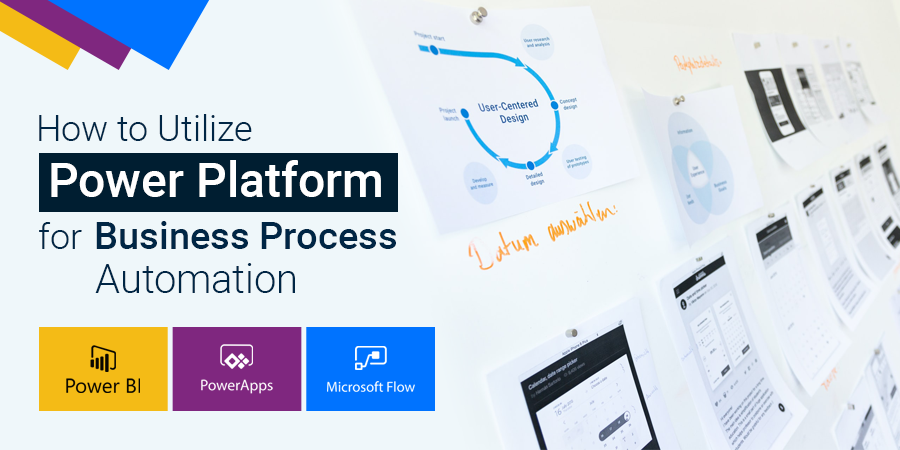With Microsoft acquiring Softomotive, a player in the Robotic Process Automation space, the integration into the native Windows has made the development accessible to every Power Platform user. The growth and expansion is in terms of understanding and reporting data with Power BI, building web and mobile applications with Power apps, automating tasks (be it RPA or workflow automation).
A power platform is much more than automating two or three-step process – it is for multistep business critical workflows.
The success of a Power platform project lies on the processes implemented because only they tie together people with technology. They further reflect the policies of an organization, its values, level of maturity of the business environment, with the preferences and goals of those responsible for deploying and managing Power platform.
Top 5 questions that any business must plan and anticipate to benefit in the Power platform environment (to automate the industry environment are) –
- Do we have a workflow for this process? If not, what are the risks and costs associated with the current state?
- Do we have competent automated processes that reduce organizational bottlenecks and accelerate work?
- Does our business platform help us align with our digital transformation goals and provide valuable data insights?
- Does it have an appropriate level of logic and rigor that can drive informed decisions and quality solutions?
- Which processes should be targeted for improvement or re-evaluation?
There are highly diverse use cases for Power platform – they can be inadvertently denied or shut down if a process enforces a narrow or singular approach.
Facilitate businesses with Power platforms
In absence of a process, tasks get carried out in a haphazard and unpredictable manner. There’s no clear expectation of a timeline for delivery and there remains no confidence that the outcome will be of high quality or sustainability. A few of the ‘on the fly’ approaches to Power platforms include project delays, often reflecting long email chains to determine ‘who’ can and ‘who’ should execute the task.
Well-defined and documented processes within Power platforms can help avoid perceptions that certain teams are monopolizing power platform resources to their own benefit at the expense of other teams or the organization. An industry can then prioritize processes and target for evaluation and improvement over time.
Microsoft’s Power Platform combines the robust power of PowerApps, PowerBI, and Power Automate into one powerful business application platform – that provides premium and insightful resources to the industries in need . Each component of the Power Platform is built on the Common Data Service (CDS). Though each component is dynamic in itself, it becomes brilliant and masterful when combined.
A great example is the PowerBI – a critical capability that that unlocks actionable insights for intelligent decision-making over very large datasets. Being a business analytics service, the data stored in CDS or other databases helps users build informative reports and dashboards that display vital figures about sales, customer service, and other necessary business functions.
A WaferWire Power Platform team can efficiently help implement and guide in managing Power platforms plus competently contribute in delivering those solutions. A proper balance between allocating resources, ongoing projects and support responsibilities with higher level environment-wide decisions is maintained and executed.
If you’re ready to get started with the Microsoft Power platform but not sure where to start, WaferWire is here to help – connect with our professionals to customize, extend, and build business apps you need to leverage Power platform.

